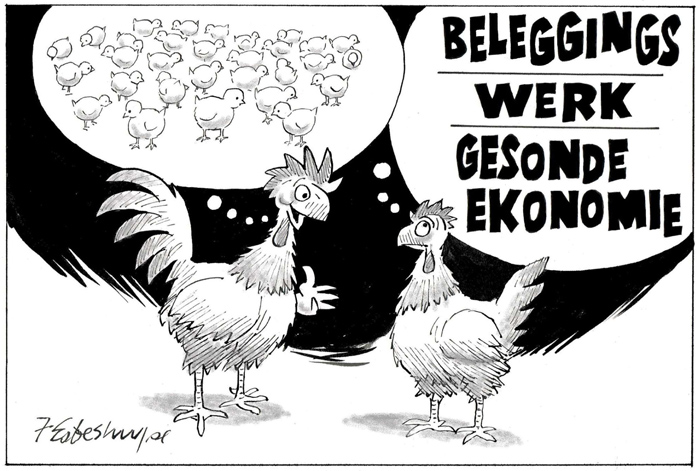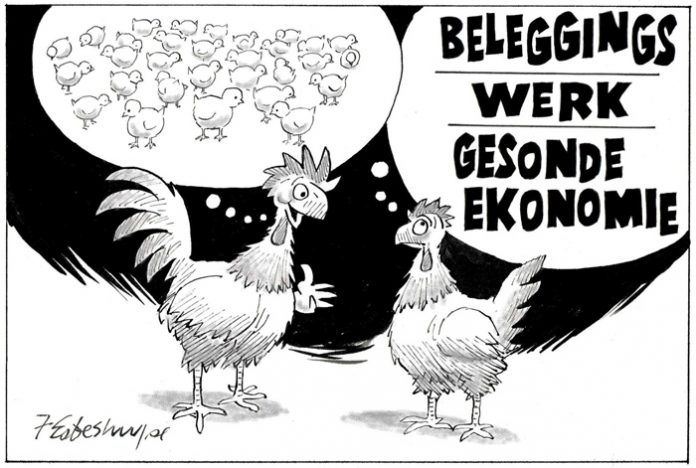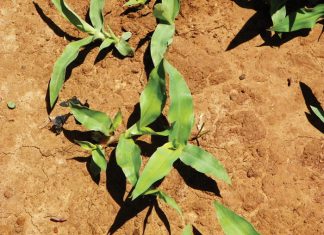October 2018

JANNIE DE VILLIERS, CEO
Recently, the agricultural-political environment has not been a pleasant place to be. The intensity has been high, as well as the frequency of issues needing attention. Our leaders are sown thinly, covering large areas. Some days I wonder if we still have enough people to fill all the gaps.
It feels like when I was a child, when we helped my grandfather with the irrigation, and one of our dam walls started breaking: While you were plugging the gap on the one side, the water ran out on the other side, and then – to crown it all – one of the dogs would run in and flatten everything – giving you a sideways lick through the face.
And during this entire process we are developing a fresh focus and are thinking of elements for a new plan for agriculture. One matter we have to reflect on afresh is: What comes first? There are so many of us who regard transformation as the first thing that has to happen, and then there are those who want to make job creation the first priority. And yet, to me it seems as if economic growth should be the starting point for everything.
Transformation at all costs will harm the economy and can end in a Zimbabwe scenario: A transformed zero economy. The artificial creation of job opportunities (particularly in the civil service) is choking the economy and is not sustainable. When the economy is healthy, it grows automatically. It’s just like a teenager. You don’t have to give a healthy teenager permission to grow – they do it overnight, completely off their own bat!
When our economy grows, it will be so much easier to ensure sustainable transformation. Likewise, the market will then automatically create sustainable job opportunities. But before the growth can start, there must be investments, and before the investments will realise, there must be a positive investment climate. These elements are like constructing a building. You cannot put on the roof first. The foundations first have to be dug!
What should the elements of a new plan for agriculture be? I would like to start at the end: Details of the implementation – who must do what when, and who is paying for it? How frequently are we going to measure everything, and against what will we measure each element?
Our history of numerous and good plans that have not been implemented forces me to ask this. To achieve other results than those we are currently used to, we must work differently. More of the same is just not good enough any longer. For this reason, agriculture will have to search its own heart (and dig into its own pockets).
We will have to allocate people and time to the implementation of the plan, and that will cost us money. However, that is what I think is required. Too often in the past we have helped onstage and offstage to write plans, and then just handed them over to the government to implement. When nothing happened, we were the first to criticise. This is more of the same! This time, we will have to join the government in accepting responsibility for the implementation of the plan.
The longer the uncertainty about our policy environment continues, the more negative investor sentiment remains. Producers and businessmen in agriculture are watching and waiting to see where the chicken’s egg is going to roll to. If the hen sits squarely on the egg and nurtures it to hatch eventually, the investments will come automatically. But if she leaves it and it just keeps on rolling, it will land on the floor – signalling the end of the dreams for a growing agricultural sector, and also for the necessary transformation and job creation.

Publication: October 2018
Section: Features


















